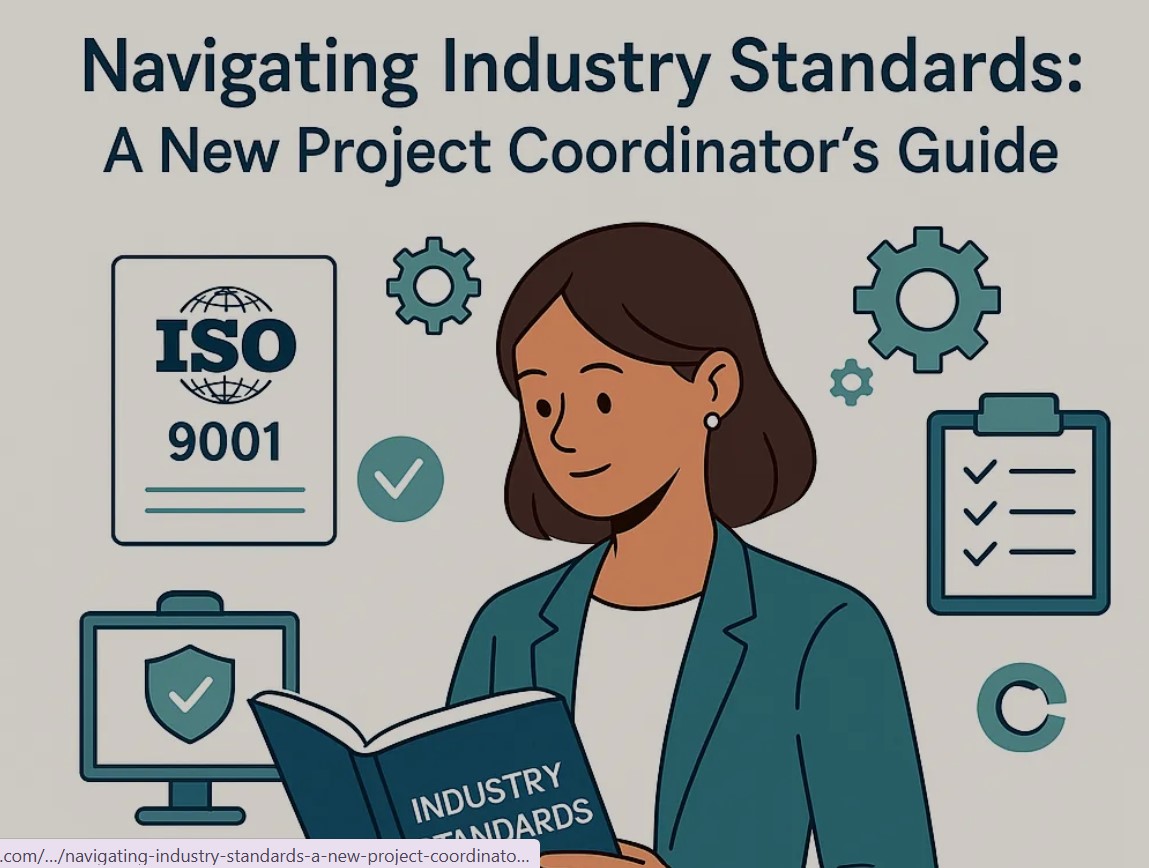As organizations grow and scale, compliance with industry standards becomes more than a necessity it becomes a competitive advantage. Two frameworks that are frequently referenced in the context of security and regulatory compliance are SOC 2 and SOX. While both are designed to improve trust, transparency, and internal controls, they serve very different purposes. In this blog, we explore the key differences between SOC2 vs SOX, who needs them, and how businesses can align with each based on their specific operational and legal needs.
What is SOC 2?
SOC 2 (System and Organization Controls 2) is an auditing framework developed by the American Institute of Certified Public Accountants (AICPA). It is primarily designed for service organizations especially those that manage customer data in the cloud.
SOC 2 focuses on evaluating internal controls related to five Trust Services Criteria (TSC):
- Security
- Availability
- Processing Integrity
- Confidentiality
- Privacy
SOC 2 audits come in two types:
- Type I evaluates the design of controls at a single point in time.
- Type II assesses both the design and operational effectiveness of controls over a specified period, usually 6 to 12 months.
SOC 2 is not a legal requirement, but it is often requested by clients and partners, especially in tech-driven sectors like SaaS, cloud services, and fintech.
What is SOX?
SOX, short for the Sarbanes-Oxley Act of 2002, is a U.S. federal law enacted in response to corporate accounting scandals such as Enron and WorldCom. Its main goal is to ensure the accuracy and reliability of corporate financial disclosures and protect shareholders from fraud.
SOX is mandatory for all publicly traded companies in the U.S. and includes two key sections:
- Section 302: Requires senior corporate officers to personally certify the accuracy of financial reports.
- Section 404: Mandates management and external auditors to report on the adequacy of internal controls over financial reporting (ICFR).
Non-compliance with SOX can result in significant penalties, including criminal charges for executives.
SOC2 vs SOX: Side-by-Side Comparison
Let’s break down the core differences between SOC2 vs SOX:
CriteriaSOC 2SOXPurposeEvaluate internal controls for data security and privacyEnsure accuracy and integrity of financial reportingAudienceClients, partners, auditors, and customersRegulators, shareholders, and the general publicApplicabilityService organizations (especially cloud-based)Publicly traded companies in the U.S.Legal RequirementNo (but often contractually required)Yes (federal law)ScopeOperational and IT controls (Trust Services Criteria)Internal controls over financial reporting (ICFR)Report TypesType I, Type IIAnnual Section 404 assessment and external audit reportIssued ByIndependent CPA firmsInternal and external auditorsFrequencyVaries (usually annual)Annual filing with the SEC
Who Needs SOC 2 Compliance?
SOC 2 compliance is ideal for:
- Cloud service providers
- SaaS companies
- Data hosting companies
- Managed IT services
- Third-party vendors handling sensitive data
Although SOC 2 isn’t legally required, many B2B contracts demand it as a prerequisite for doing business. It offers assurance to customers that your organization takes data protection seriously and adheres to best practices.
Who Needs SOX Compliance?
SOX compliance is mandatory for:
- All U.S. publicly traded companies
- Foreign companies listed on U.S. stock exchanges
- Accounting firms that audit these companies
SOX ensures that the financial data shared with investors and regulators is reliable, accurate, and not manipulated. It holds C-suite executives personally accountable for the integrity of financial statements.
Overlapping Areas Between SOC2 and SOX
Though the frameworks differ, there are some overlaps:
- Internal Controls: Both emphasize the importance of having strong internal controls. SOC 2 targets operational controls, while SOX focuses on financial ones.
- Audit Readiness: Both require documentation, monitoring, and validation of controls.
- Risk Management: Each framework aims to mitigate risks—whether to customer data (SOC 2) or financial reporting (SOX).
- Third-Party Assurance: Both require external validation. SOC 2 involves independent CPA firms, and SOX relies on external auditors and management assessments.
Can You Be Compliant with Both?
Yes, and many large companies are. For example, a publicly traded SaaS company would need to comply with SOX for its financial reporting obligations and obtain a SOC 2 report to assure clients about the security and availability of its platform.
In such cases, coordination between finance, IT, and legal teams is critical. Aligning control frameworks (such as COBIT, COSO, or NIST) can streamline the process and reduce audit fatigue.
Implementation Best Practices
Whether pursuing SOC 2, SOX, or both, here are essential steps for success:
- Perform a Gap Assessment
- Identify current control gaps and develop an action plan to address them.
- Implement Control Frameworks
- Use industry-recognized frameworks like COSO for SOX or the AICPA Trust Services Criteria for SOC 2.
- Maintain Documentation
- Clear, auditable documentation of policies, procedures, and testing results is key for both types of audits.
- Engage Experienced Auditors
- Choose a CPA firm that specializes in the compliance framework you’re targeting.
- Continuous Monitoring
- Adopt a proactive approach to compliance. Regular audits and control updates reduce the risk of violations or failures.
Final Thoughts
Understanding the distinction between SOC2 vs SOX is essential for organizations aiming to meet regulatory demands and build trust with customers and stakeholders. SOC 2 provides assurance around the operational controls that protect client data, making it a must-have for service providers. SOX, on the other hand, ensures the accuracy and transparency of financial reporting, safeguarding shareholder interests and maintaining public trust.
Choosing the right framework or both depends on your industry, clients, growth stage, and regulatory obligations. But one thing is certain: in today’s compliance-driven landscape, demonstrating control and accountability isn’t optional it’s a strategic necessity.
By investing in compliance now, businesses not only avoid penalties but also strengthen their market position, improve internal efficiency, and build lasting credibility in the eyes of clients, investors, and regulators alike.





Comments